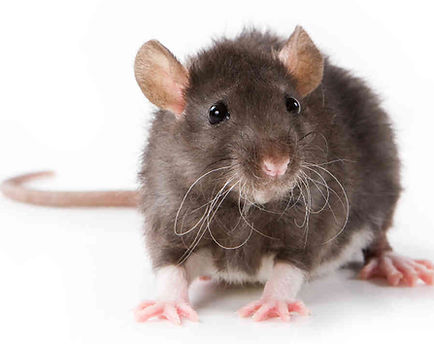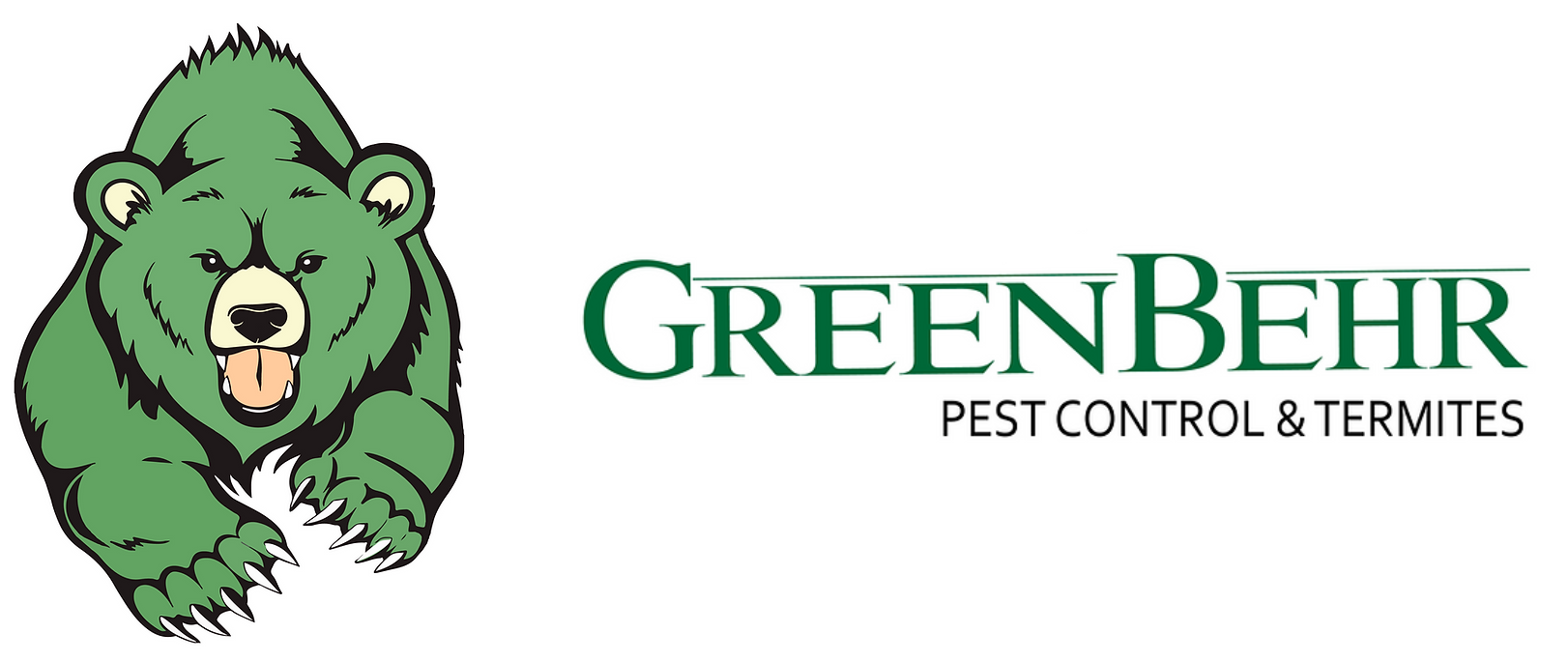
Behavior
Rodents are mammals belonging to the order Rodentia, and they exhibit various behaviors that have helped them thrive in diverse environments around the world. Some common characteristics of rodent behavior include:
- Nocturnal Behavior: Many rodent species are primarily nocturnal, meaning they are most active during the night and rest during the day to avoid predators.
- Gnawing and Chewing: Rodents have specialized incisor teeth that continuously grow throughout their lives. To keep these teeth from becoming too long, they must gnaw on various objects, such as wood, wires, and even plastic.
- Burrowing: Numerous rodent species are skilled burrowers, creating intricate underground tunnels and nests for shelter and protection.
- Omnivorous Diet: Rodents are omnivores, meaning they consume a wide range of foods, including grains, fruits, seeds, insects, small animals, and human food scraps.
- Rapid Reproduction: Rodents have high reproductive rates, with females capable of producing multiple litters each year. This contributes to their population growth in favorable environments.
- Social Structure: Many rodents, such as rats and mice, are social animals that live in colonies. They exhibit social behaviors and may form complex hierarchies within their groups.
- Scent Marking: Rodents use scent marking to communicate with other members of their species, leaving pheromone trails to indicate food sources, territorial boundaries, or mating cues.
- Nesting and Hoarding: Rodents, especially mice and squirrels, are known for building nests and hoarding food items in secure locations.
- Agility and Climbing Abilities: Rodents are agile climbers, using their strong limbs and flexible bodies to ascend trees, walls, and other structures.
- Curiosity: Many rodents, particularly rats and mice, are naturally curious and will investigate new objects or changes in their environment.
- Predator Avoidance: Rodents have adapted various behaviors, such as staying hidden, using burrows, and freezing in place when threatened, to avoid predation.
- Exploration and Foraging: Rodents actively explore their surroundings in search of food and new shelter locations.
Rodents play important roles in ecosystems, but their presence in human habitats can lead to various issues, including damage to property, contamination of food, and the transmission of diseases. Implementing effective rodent control measures, such as sealing entry points, proper waste management, and using traps or baits, can help manage rodent populations in urban and suburban settings.
Infestation Warning Signs
Detecting signs of a rodent infestation early is crucial for effective rodent control. Here are common signs that may indicate a rodent infestation:
- Droppings: Rodents leave behind small, pellet-like droppings. The size and shape of the droppings can vary depending on the rodent species.
- Gnaw Marks: Rodents have continuously growing incisor teeth, so they gnaw on various objects, leaving behind gnaw marks on wood, wires, plastic, and other materials.
- Nesting Materials: Rodents use various materials to build nests, such as shredded paper, fabric, insulation, and plant matter.
- Grease Marks: Rodents have oily fur that leaves grease marks along walls, baseboards, and other surfaces they frequently traverse.
- Footprints and Tracks: In dusty or dirty areas, you may spot rodent footprints and tracks, which can help identify the type of rodent.
- Scratching Noises: Rodents are active primarily at night, and you may hear scratching, scampering, or squeaking noises in the walls, attic, or other hiding spots.
- Chewed or Damaged Items: Rodents can chew through food packaging, cardboard, wires, and other materials.
- Rub Marks: Along established paths, rodents may leave rub marks from their fur as they squeeze through tight spaces.
- Foul Odors: A strong, musty odor may be present in areas where rodents are active, particularly in confined spaces.
- Pet Behavior: If your pets start behaving unusually, such as pawing at walls or showing interest in specific areas, it could indicate the presence of rodents.
- Sightings: In some cases, you may spot rodents running or hiding in your home or yard, especially during the night.
- Pet Food Theft: Rodents are attracted to pet food, so finding pet food containers chewed open or evidence of food theft may indicate an infestation.
If you notice any of these signs of a rodent infestation, it’s essential to take immediate action. Rodents can reproduce rapidly and pose health risks, contaminate food, and cause damage to property. Consider contacting a professional pest control service to inspect your home, identify the rodent species, and implement effective rodent control measures to eliminate the infestation and prevent future problems.
Top Pest Control Tips
Preventing or getting rid of rodent problems involves a combination of proactive measures and effective rodent control strategies. Here are some tips to help you prevent rodent infestations or manage existing issues:
Preventive Measures:
- Seal Entry Points: Inspect your home for cracks, gaps, and holes in walls, foundations, doors, and windows. Seal any openings with caulk, steel wool, or other appropriate materials to prevent rodents from entering.
- Keep Food Secure: Store food in airtight containers made of metal or glass. Avoid leaving pet food out overnight, and clean up food spills promptly.
- Remove Clutter: Declutter your living spaces and storage areas, as rodents seek shelter in cluttered environments.
- Regular Cleaning: Keep your home clean and tidy, reducing potential food sources for rodents.
- Proper Waste Management: Dispose of garbage in tightly sealed bins, and ensure trash cans are kept away from the home’s exterior.
- Trim Vegetation: Trim tree branches and shrubs near your home to prevent rodents from using them as pathways to access the roof or attic.
- Elevate Firewood: Store firewood at least 18 inches above the ground and away from your home’s exterior.
- Keep Gutters Clean: Clean and maintain gutters to prevent water from accumulating, as rodents are attracted to damp environments.
Rodent Control Strategies:
- Set Traps: Use snap traps or live traps to catch rodents that are already present. Place traps along walls and in areas where you have noticed signs of rodent activity.
- Use Bait Stations: Bait stations with rodenticides can be effective for controlling rodent populations. Place them strategically, keeping them out of reach of children and pets.
- Natural Predators: Encourage natural predators of rodents, such as cats or dogs, to help keep rodent populations in check.
- Ultrasonic Repellents: Consider using ultrasonic devices that emit high-frequency sound waves to deter rodents.
- Professional Pest Control: If your rodent problem persists or becomes overwhelming, consult with a professional pest control service. They have the expertise and tools to effectively address rodent infestations.
Remember that prevention is key to avoiding rodent problems. By implementing preventive measures and addressing issues promptly, you can reduce the risk of rodent infestations and protect your home and family from potential health hazards associated with rodents.

